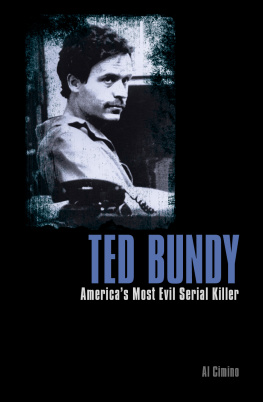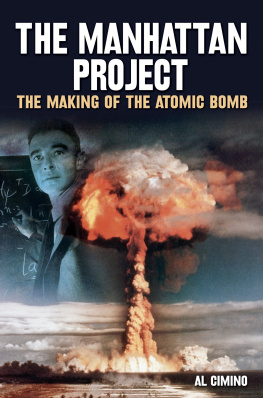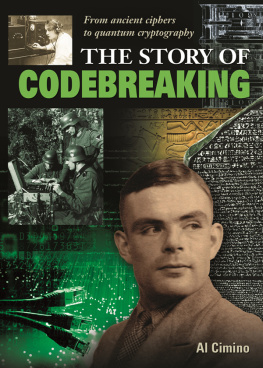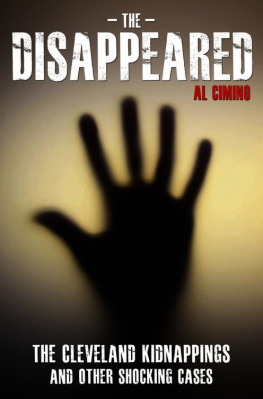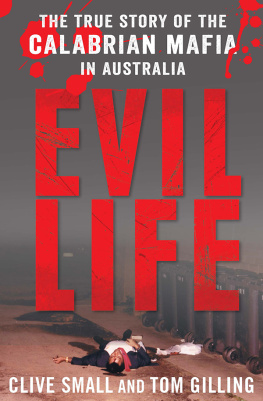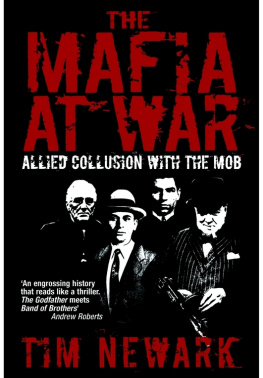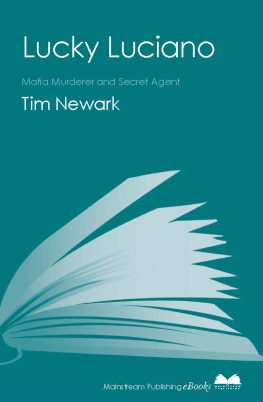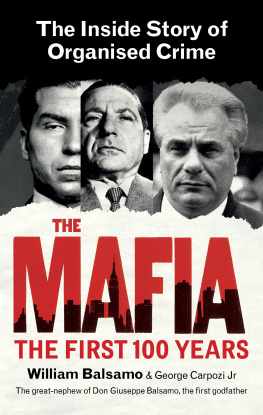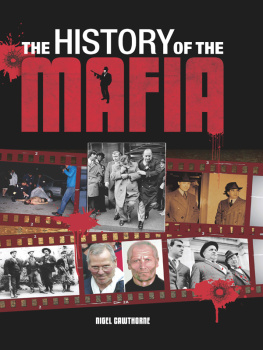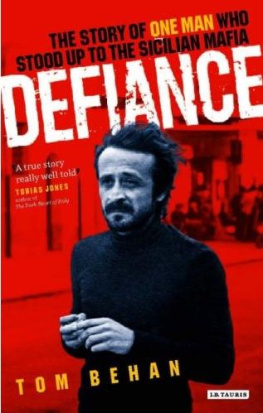Al Cimino - The Mafia
Here you can read online Al Cimino - The Mafia full text of the book (entire story) in english for free. Download pdf and epub, get meaning, cover and reviews about this ebook. year: 2017, publisher: Arcturus Digital Limited, genre: Detective and thriller. Description of the work, (preface) as well as reviews are available. Best literature library LitArk.com created for fans of good reading and offers a wide selection of genres:
Romance novel
Science fiction
Adventure
Detective
Science
History
Home and family
Prose
Art
Politics
Computer
Non-fiction
Religion
Business
Children
Humor
Choose a favorite category and find really read worthwhile books. Enjoy immersion in the world of imagination, feel the emotions of the characters or learn something new for yourself, make an fascinating discovery.

- Book:The Mafia
- Author:
- Publisher:Arcturus Digital Limited
- Genre:
- Year:2017
- Rating:4 / 5
- Favourites:Add to favourites
- Your mark:
- 80
- 1
- 2
- 3
- 4
- 5
The Mafia: summary, description and annotation
We offer to read an annotation, description, summary or preface (depends on what the author of the book "The Mafia" wrote himself). If you haven't found the necessary information about the book — write in the comments, we will try to find it.
The Mafia — read online for free the complete book (whole text) full work
Below is the text of the book, divided by pages. System saving the place of the last page read, allows you to conveniently read the book "The Mafia" online for free, without having to search again every time where you left off. Put a bookmark, and you can go to the page where you finished reading at any time.
Font size:
Interval:
Bookmark:
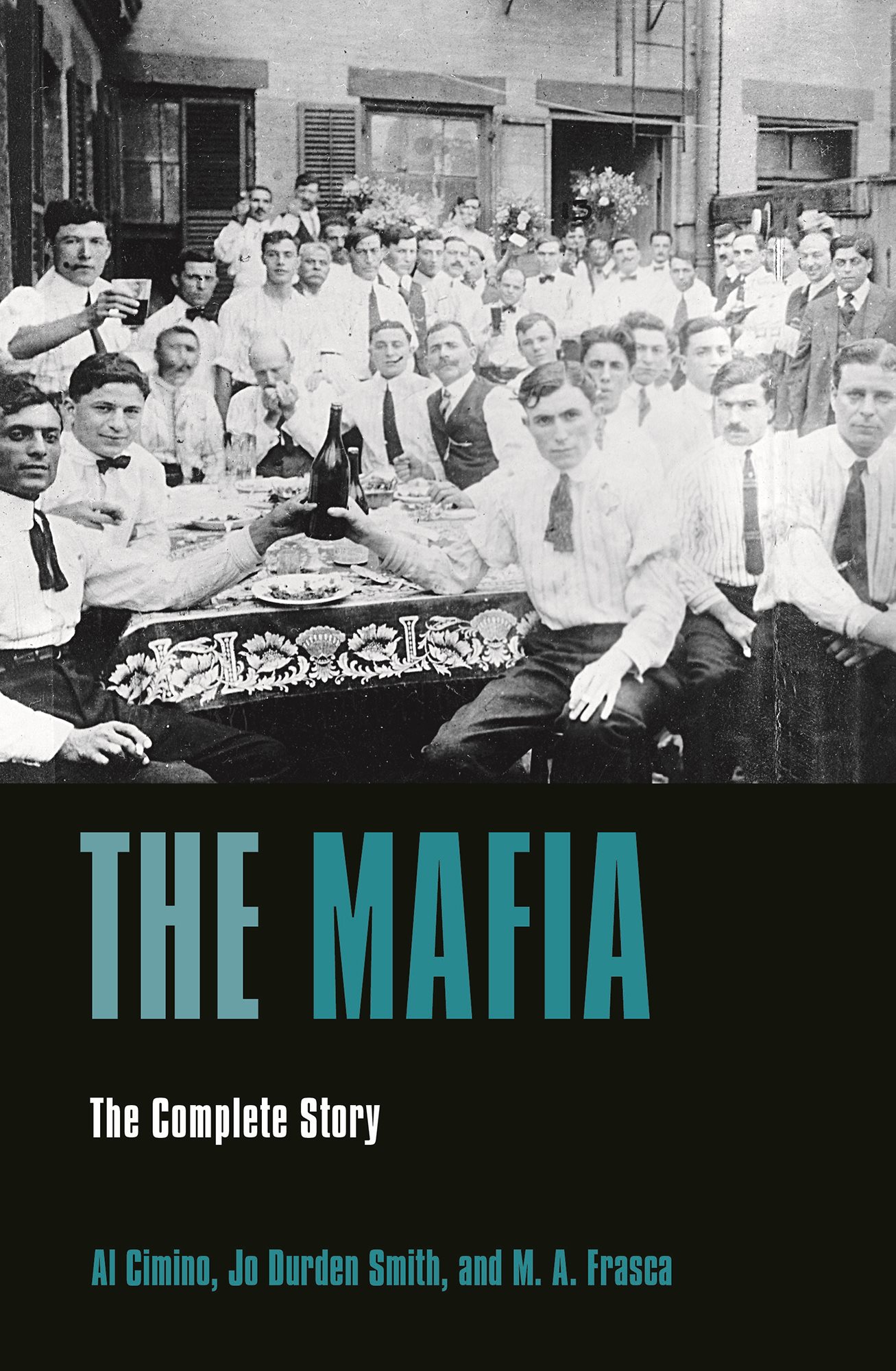
THE MAFIA
The Complete Story
Al Cimino, Jo Durden Smith, and M. A. Frasca
Introduction
You live by the gun and the knife and you die by the gun and the knife.
Mob informant Joe Valachi to the McClellan Committee, 1963
The Mafia, or Cosa Nostra, first appeared in North America in the late nineteenth century, when gang members arriving from Italy, especially Sicily, settled in New York, Chicago and other urban centres, bringing their criminal ways with them. Loansharking, extortion, kidnapping, racketeering they did it all and their reach grew quickly. It wasnt long before these gangs were clashing with each other and with existing Jewish and Irish mobs as the newcomers gained a firm foothold in the New World.The 1920s brought Prohibition and with it an unexpected windfall for the mobs. There was money lots of it to be made from the illegal transportation and sale of liquor in the United States. America was dry and the mobs were eager to provide. Crime was bigger business than ever before and even the authorities were prepared to turn a blind eye in order to get their take. Criminals such as Jack Legs Diamond and Al Capone seemed to call the shots, but it was Lucky Luciano who became the pre-eminent mob boss and who created the Commission, the ruling body that to this day oversees all mob activity and disputes, thereby reducing in-fighting. It was also Luciano who divided the New York Mafia into five families and was shrewd enough to work with the Jewish and Irish mobs, making crime more efficient and truly organized.
It took a while for law enforcement officials to move effectively against the Mafia, some apparently not even realizing or not admitting publicly that the organization existed. It wasnt until 1957, when police broke in on a high-level mob meeting taking place in Apalachin, New York, that the existence of the Mafia was unquestionably verified, with further confirmation provided by mobster Joe Valachi in 1963 during his testimony to the US Senate Permanent Subcommittee on Investigations while on trial for murdering a fellow inmate in prison. His testimony was broadcast on radio and television, giving the American public their first real and often chilling view of this shadowy organization.
In 1970, the Racketeer Influenced and Corrupt Organizations (RICO) Act provided for extended criminal penalties for acts performed as part of an ongoing criminal enterprise, such as the Mafia. Significantly, it became possible to prosecute Mafia bosses who had ordered an offence, as well as those who had actually committed it.
Under RICO, any member of the mob a popular name for the Mafia could be sentenced to 20 years imprisonment and fined $25,000 if they had committed any two of 27 federal and eight state crimes, which included murder, gambling, extortion, kidnapping, bribery, robbery, drug trafficking, counterfeiting, fraud, embezzlement, money laundering and arson. Convictions for these crimes served as evidence for a new crime racketeering to benefit an illegal enterprise.
Individuals harmed by these criminal enterprises could collect triple damages and those charged under RICO laws could be placed under a restraining order to seize their assets to prevent their dispersal.
Since then a whole raft of other strong initiatives have been put in place to curb the power of the Mafia. Despite this, it remains a powerful force today, controlling organized crime operations in New York, Chicago and Montreal, in particular. But the success of the Mafia would not have been possible without the ruthless methods that the crime bosses employed. Albert Mad Hatter Anastasia, Benjamin Bugsy Siegel, Big Paul Castellano the list of Mafia victims seems endless. Included in this book are the most important Mafia killings the executions of the rival bosses, the informers, the feuds, even some of the hitmen implicated in the assassination of President Kennedy. Theyre top of the lists of the made men, the associates and freelancers who paid the ultimate price.
These harsh new laws have put many of the old-style Mafia bosses away for good and have done much to impoverish the mob. However, there are always young mobsters waiting to fill the shoes of the older generation and there are always fresh rackets they can get into. As retired FBI agent David W. Breen says: Theyre like the Chinese army you kill one and there are ten others to take his place.
***
In Italy, significant inroads were made into the power of the Mafia by the Maxi-Trial of 1986, which saw hundreds of gangsters in the dock. More were tried in absentia and simply went underground. Mafia wars also thinned out the ranks.
Those imprisoned were held under restrictions outlined in Article 41-bis of the Prison Administration Act. They could be held in solitary confinement, refused the use of the telephone, banned from sending or receiving money and denied visits from family members. This meant that it was impossible for them to go on running a criminal organization from prison. However, with the Mafia shackled, its rivals flourished, leading to the rise of the Camorra in Naples, the Ndrangheta in Calabria and the Sacra Corona Unita in Puglia.
Among Italians and Italian-Americans there seems to be no shortage of young men who want to live the life. This means that you have pockets full of money when others are worried about paying their bills. It gives you standing in society. These days, it also means flash cars, flash suits, bling, beautiful women and fine champagne.
On the other hand, you must have no scruples. You must be able to turn your hand to any form of crime, no matter what the consequences are for others. You must be willing to kill friend, foe and innocent bystander without a qualm and be prepared to torture others to death if that is what you are told to do.
Equally you must accept that your closest associates are likely to do that to you, too. Few Mafiosi have died in their beds of natural causes. Those going into the life must accept that they are going to die in a hail of bullets, or after prolonged torture at the hands of fellow mobsters, or at best will spend many years in jail. It is the price you pay. This book tells the stories of a number of characters who have accepted this pact with the devil.
Part One: The Origins of the Mafia
For over 2,000 years, most of Sicilys rural population endured tyranny and suppression at the hands of feudal overlords and foreign conquerors. With no formal government to protect them, the people gathered together in what they called cosche (literally, the leaves of the artichoke) to protect themselves from rules imposed by the unwanted landowners. These small, local clans, made up of blood relatives and neighbours, created their own dialect to ensure a degree of secrecy and developed a culture based on a disregard for the law. It is said that these tight-knit alliances form the roots of the Mafia.
Chapter 1: The Death of Don Calogero Vizzini
On 4 July 1954, one of the most powerful Mafia bosses in Sicily, Don Calogero Vizzini (known as Don Cal) died. His body was laid in state in a church in his home town of Villalba, where he had been mayor. Politicians from his party, the Christian Democrats, and high Roman Catholic churchmen came to pay their respects, along with the heads of other Mafia families, newspapermen and large numbers of people from the surrounding countryside. On the church door, according to the writer Norman Lewis, was a notice of his death, which read in part: Wise, dynamic, tireless, he was the benefactor of the workers on the land and in the sulphur mines. Constantly doing good, his reputation was widespread both in Italy and abroad.
Font size:
Interval:
Bookmark:
Similar books «The Mafia»
Look at similar books to The Mafia. We have selected literature similar in name and meaning in the hope of providing readers with more options to find new, interesting, not yet read works.
Discussion, reviews of the book The Mafia and just readers' own opinions. Leave your comments, write what you think about the work, its meaning or the main characters. Specify what exactly you liked and what you didn't like, and why you think so.

